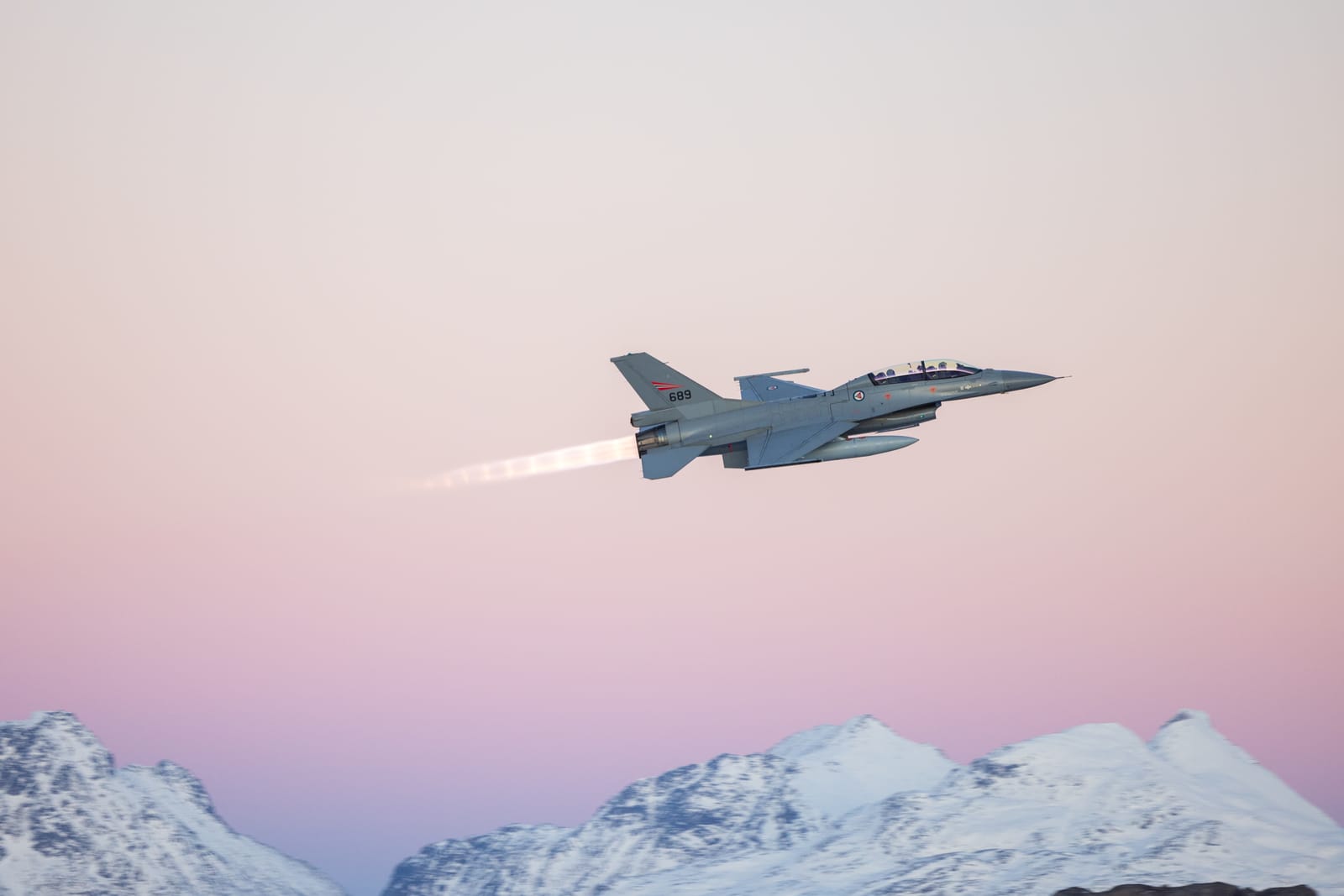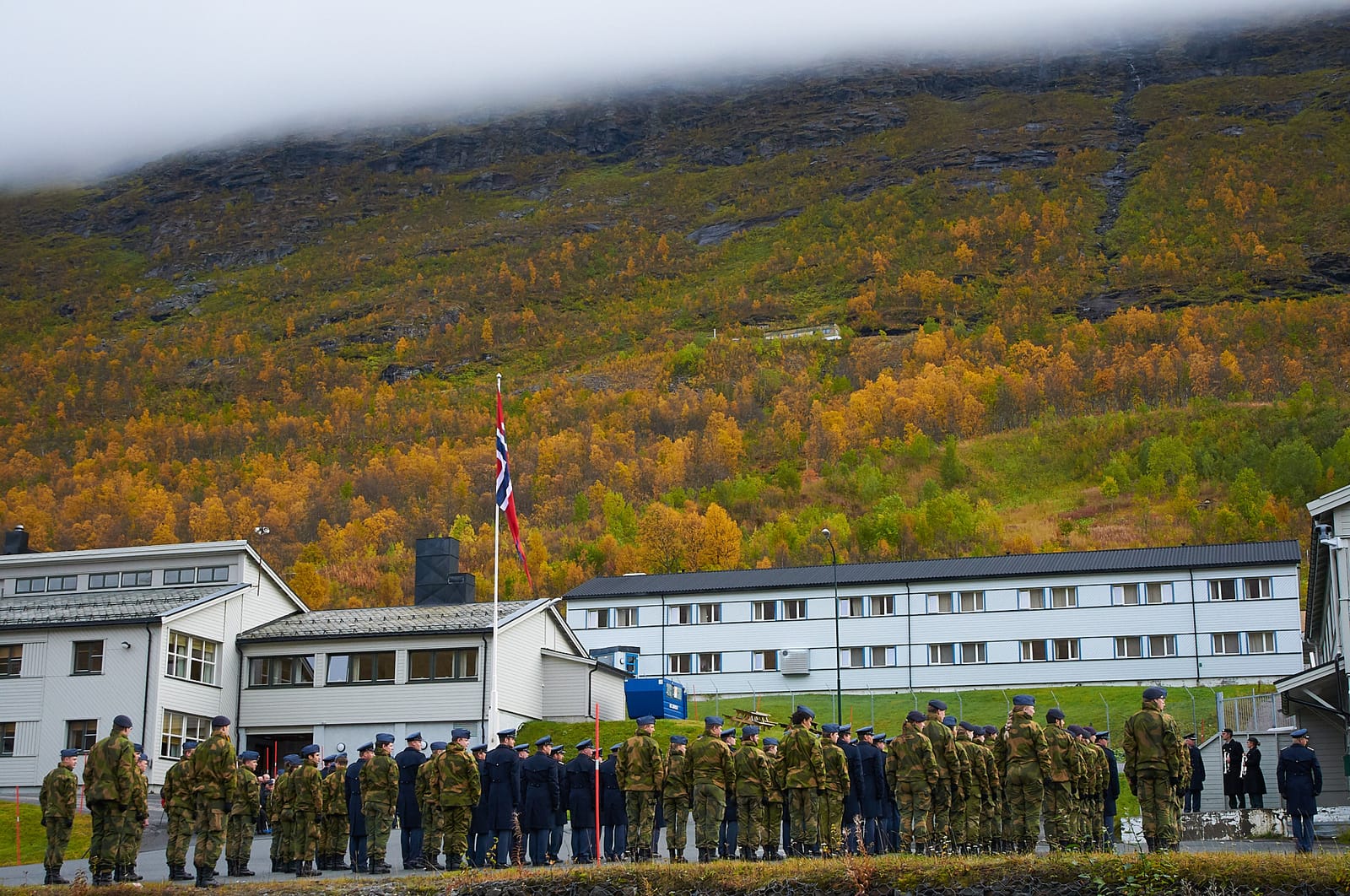The Finnish Defence Forces has always placed a premium on being able to sustain combat operations for a prolonged time, and crucially to as far as possible do so based on a domestic capability.
The reasons behind this are partly deeply rooted in Finnish history - the experience of not having equipment, ammunition, and spares to sustain effective combat operations at many stages of WWII as well as the forced neutrality of the Cold War - but also from the Finnish geopolitical situation - the long land border with Russia coupled with a high reliance on imports over the Baltic Sea for fuel, food, medicine, spares, and advanced munitions.
Even today, despite Finland decidedly being a part of the West, actually getting anything offered as assistance into Finland and then distributed to the locations where it is needed might be a challenge. And with Finland not being a member of a military alliance such as NATO, there is also the acute knowledge that getting any foreign assistance at all would in itself be an uncertain prospect. The former issue has recently acquired international recognition as the ‘Anti access’-part of the A2/AD-issue that would face NATO-attempts at reenforcing the Baltic States in times of war, but for Finland it has been a staple of military planning since the days of the Cold War.
Dispersed, but concentrated
The issue of sustainment covers the whole scale, starting with getting the needed goods and services (including e.g. training material to people that will operate foreign equipment) into the warehouses of the Finish Defence Forces (FDF), but also from there out to the people in the units that actually need them. On paper this shouldn’t be particularly difficult, but as we all know businesses in peacetime invest serious amounts of time and resources into controlling their supply chain flows and still occasionally face supply-side shortages despite this, giving a hint about how difficult the issues might be in wartime with the added issues of fog of war and enemy actions. In addition, both the Finnish Air Force and the FDF in general face the issue of Russia as the potential enemy having superior firepower, meaning that to ensure that Russia won’t be able to bring its superior firepower to bear, the Finnish forces will need to be dispersed and keep moving to avoid providing a too juicy target. At the same time, the Finnish units also need to be able to concentrate their own forces to create temporary and local advantages.
Which brings us to the recent Finnish decision to acquire the Lockheed Martin F-35A Block 4 as the next fighter, an aircraft that at first glance seems somewhat at odds with the Finnish ideology of dispersed operations and emphasis on local sustainment. However, a number of steps have been taken to ensure that it really will fit the Finnish ideas regarding sustainment, and in particular with an eye towards Finland being able to operate the aircraft efficiently in wartime scenarios when more or less cut off from foreign assistance.
Finland’s F-35 approach
The most obvious part of this is acquiring a significant stock of weapons and spares and keeping these in-country to ensure that a war can be fought if need be. In a time when individual missiles can cost well above a million Euros a piece and where delivery times are long and can only be expected to grow in case of a crisis, having warfighting stocks available in your own depots is a must. In the Finnish case, that means that the initial total arms package is worth approximately 1.58 Bn EUR, of which 754.6 MEUR is for air-to-air missiles (AIM-9X Sidewinders and AIM-120C-8 AMRAAMs) to be acquired in the first step. The focus on the air-to-air weaponry stems from the fact that the F-35 will first take up the air-to-air role as part of the initial operational capability and replace the current Hornet-fleet in the air-to-ground role only later.
With regards to spares and maintenance, not only will there be meaningful stocks of spares acquired, but the domestic capability is significant. It includes maintenance and repair capability for over 100 components (including parts of the fuselage and engine). To get there, the fighter agreement includes an industrial cooperation program valued at over 3 Bn EUR which is centred around strengthening the Finnish security of supply. To ensure that the operating costs and cost of the industrial capability stays manageable the Finnish organic repair capability is also part of the F-35 programs Global Support Solution (GSS) meaning that it will be used to maintain parts for the global spares pool. The Finnish Air Force when possible, will also source items “the normal way” through the GSS. The domestic stockpiles of spares will instead focus on components that aren’t on the list of items which Finland can repair and overhaul organically (often parts with very long mean time between failures, and for which it isn't economical to build up an independent repair capability).
Reservists in the industry
Notable is that the Finnish total defence concept includes a key role for Finnish industry in both peace and wartime. In essence, companies doing useful things will keep doing those, both for the good of society in general as well as for the Finnish Defence Forces in particular. This includes obvious steps such as ensuring that there is food on the shelves in the supermarkets, but also that the logistics of the FDF is up and running. For the Air Force the most visible work centres around the strategic partners of the FDF: Patria and Insta (a third strategic partner is Millog, which however is focused on the Army and Navy). These provide services that play a key role in and allow the core functions of the FDF to happen, and which are functions that are central to the security interests of the state. Obviously, the better part of these services are handled internally by the Defence Forces themselves, but in instances where it is operationally or economically warranted, they may be outsources to strategic partners that also are contractually bound to a certain level of readiness in case of wartime mobilisation. For Patria, that means that while the Air Force does basic levels of maintenance themselves through the use of both conscripts/reservists as well as full-time personnel, Patria takes the lead on deeper maintenance, repairs, and upgrades of the aircraft and engines of the flying platforms of the Air Force and the Army (including both fixed- and rotary-winged). In essence, if your day job is e.g. as an engineer overhauling engines for the NH90-fleet, most likely that is also your wartime position following mobilisation, and you would do that instead of being called upon to serve in a uniformed role in times of war (a key reminder here is that Finnish law dictate that any Finnish citizen can be ordered to take part in tasks of crucial importance for society, and the obligation is as such considerably wider than simply making conscripts and reservists into soldiers). The strategic partners also function as key interlocutors between the original equipment manufacturers (OEM) and the Finnish Defence Forces, at times as the FDF’s subject matter experts and at times as the contractual partners buying from the OEMs and selling to the FDF.
In-country production
As such, the groundwork of ensuring security of supply in wartime is linked to the industrial packages where production in-country of key components will ensure that there is a workforce able to handle not only deep maintenance, but also repairs and upgrades. It should be noted that Patria’s net is wider than just the Finnish Air Force, and through a number of partially - or fully-owned companies it is already involved in key European aviation programs outside of Finland’s borders in the field of life cycle support services. The core functions then being maintenance and repairs, modifications, spare parts supply and technical support. This includes companies such as Patria Belgium Engine Center SRL handling Pratt & Whitney engines, but also Kongsberg Aviation Maintenance Services which is heavily involved in providing the same kind of services to the Royal Norwegian Air Force as Patria does to the Finnish Air Force.
But this is all related to the question of getting goods, services, and know-how into the country. How then do we get them out to units that actually need them? During peacetime the answer is to have the strategic partners work on the bases, as close to the Air Force as possible. This is not in any way a uniquely Finnish way of working - in a northern European context the partnership between the British Royal Air Force and BAE Systems is another good example - but it certainly aids in ensuring short turnaround times and in creating a feeling of being partners striving for a common goal. This is further aided by Finland regularly sporting high numbers in polls asking about how willing people are to take part in the defence of their country - having a job that amounts to assisting the defence forces in their mission is for many civilians a source of if not pride then at least of contentment. With that said, there is obviously a pressure on the industry to perform as efficiently as possible, as the savings created by using the strategic partner need to be large enough that the industrial partner can make a healthy profit out of it and still be cheaper than the FDF running it themselves. While the system seems to be working for the Finnish Air Force and their closest partners, it is notable that the decision to transfer the real estate used by the FDF to the ownership of state-owned enterprise Senaatti-kiinteistöt was recently deemed a failure, and in 2021 they were transferred to a new subsidiary company of Senaatti-kiinteistöt named Puolustuskiinteistöt (Finnish for “Defense real-estate”, comparable to Forsvarsbygg), to try and ensure better and financially more suitable arrangements for the Finnish Defence Forces. As such, Puolustuskiinteistöt is also destined to become an important strategic partner to the FDF, and notable is that it also provides locations and services to some of the strategic partners and other industries that need to operate in FDF-bases and other specialised locations.
Civilian airports shift to air force base
In wartime things become more complex. As noted, the FDF will disperse in wartime, and the Air Force is no exception. From the four bases it operates in peacetime (two of which are home to fighter wings) the plan is to spread out to a number of secondary locations. These famously include road bases, but equally if not more important is the use of civilian airfields (all four peacetime military bases are in fact also dual-rolled military-civilian fields). To provide for this the Air Force would mobilise a reserve that would raise its strength to well over ten times what it operates with in peacetime (in peacetime the Air Force has around 2,000 full-time military personnel and train approximately 1,300 conscripts annually). The vast majority of these reserves are not directly involved in the flying part of the mission, but make up base protection and logistics, as making a civilian field into a makeshift air force base will mean that a sizable number of soldiers for base protection are needed. At the same time as the perimeter is secured, a convoy of trucks will move in to provide the logistics train. These include everything from cargos of fuel and ammunition to firefighting and FOD-clearing vehicles. The basic idea is to ensure that everything that’s needed to sustain operations is brought along on wheels. What exactly that entails depends on the level of ambition for any given base. Some bases will feature significant capabilities, while others will lack any permanently based aircraft and instead will simply be used for quick stops for refueling and rearming.
Closer cooperation with Norway
The Air Force has confirmed that this basic concept of operations will continue with the introduction of the F-35A, with some minor changes coming. These might include e.g. bringing dedicated munitions handling vehicles into the mix. Currently with the focus on the air-to-air mission with (relatively) light munitions and the high wing of the F/A-18C Hornet much of rearming has been made by hand, something that might change with the internal weapons bays of the F-35A and a greater focus on heavier air-to-ground weaponry. However, this kind of minor adjustments aside, the concept of ‘base by caravan’ will continue to be at the core of Finnish Air Force operations, and as recent exercises by numerous F-35 users - including USAF, USMC, RAF/RN, and Italian Air Force/Navy - has shown the F-35 is capable of operating from austere bases with the equipment needed being brought in by truck or tactical airlift. The flexibility of the Finnish system is obviously also that there’s no demand for the concrete to be in Finland. If the situation in case of a war allows for it, the truck convoy and potentially the base protection unit can cross the border into a friendly country to set up a base there. This is obviously of greatest interest in the north, where there are land borders both between Finland and Sweden - where the two countries regularly have stationed fighter detachments on each other's bases during major exercises - as well as between Finland and Norway. It could also be noted that the distance by road between Rovaniemi AFB - home of the northern Finnish fighter wing - and Evenes is 170 km shorter than between Rovaniemi and Tampere-Pirkkala AFB - home of the Finnish Air Force Air Combat Centre and Aircraft Maintenance Squadron. In an increasingly turbulent geopolitical climate and with closer cooperation between Finland and Norway being a stated aim, the opportunities for closer cooperation between the two air forces flying the same fighter - and thereby relying on similar spares, weapons, and maintenance capabilities - is considerable, especially in the high north.
More articles from Robin Häggblom are available on his blog.
Luftled: Artikkelen ble først publisert i Luftled 2022-01.
Foto: Nordisk forsvarssjefsmøte april 2022. Forsvaret





